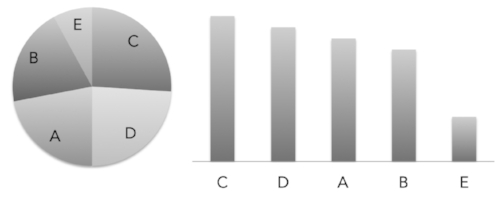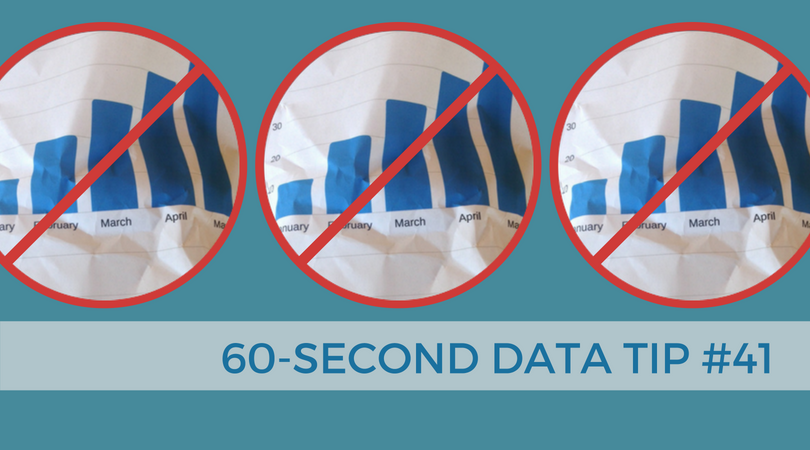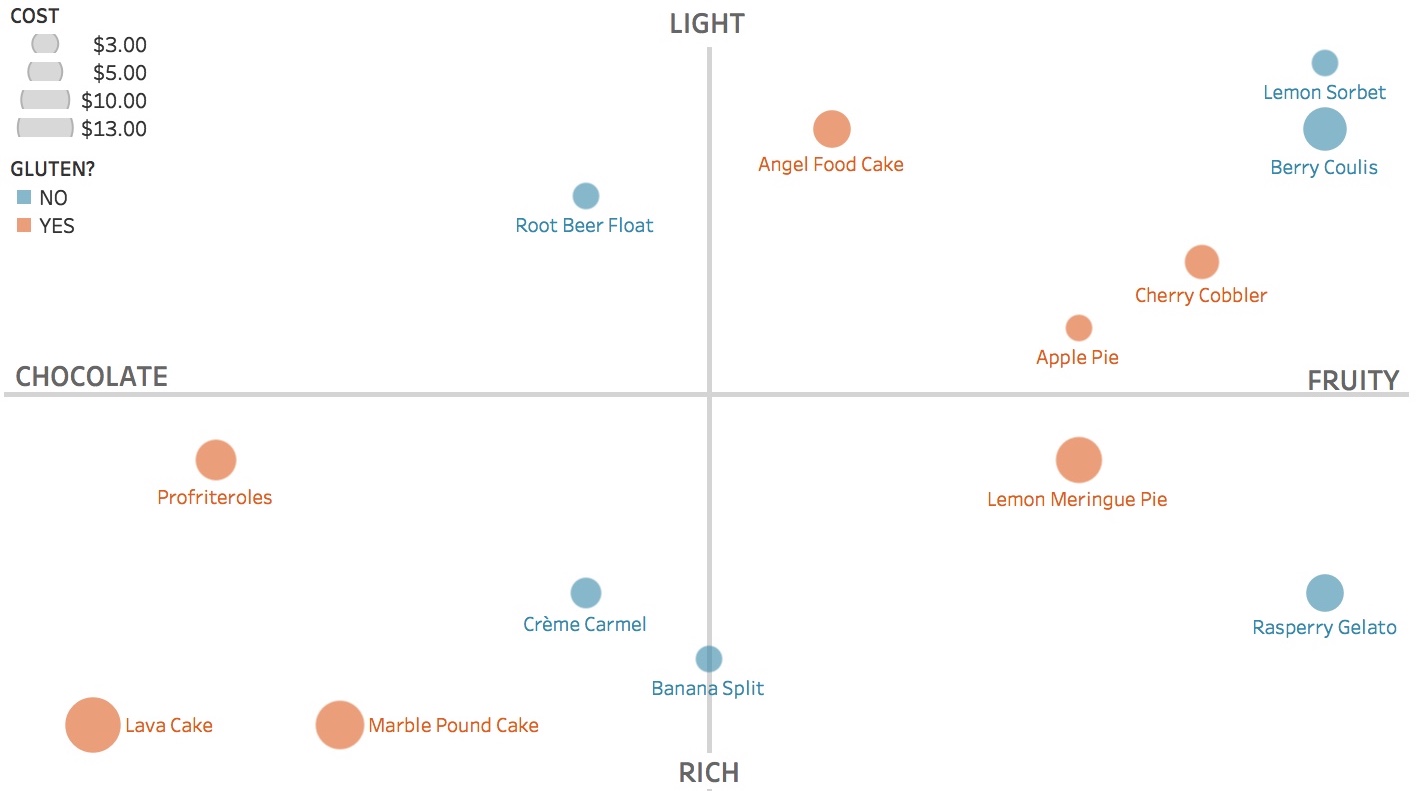Data is head food. But we often make decisions with our gut. And the gut is fueled by emotions.
It’s hard to defy our gut feelings when deciding. That’s because emotions often drive behavior. Evolutionary psychologists believe that emotions evolved to get us to do what has to be done to survive: to avoid predators, secure nutrients, resist infection, mate . . . you get the idea. So when your head says A, but your gut says B, you might feel an urgent need to do B because your survival button has been pushed.
I’m going to venture to guess that most of your decisions, like mine, are not directly related to survival. And when that’s the case, our emotions can lead us astray. In a 2016 article in the Atlantic, Olga Khazan summarizes research which suggests just how far astray. For example, anger may cause us to be trigger-happy and simplify our thinking. Happiness may lead us to make shallow assessments based on looks and likability. And depression may induce dwelling on particular issues.
It’s important to recognize our emotions and what they are telling us, rather than blindly following them. Sure, we can form hypotheses about gut feelings and see if the data support them. But when faced with a pressing decision in the real world, we often have a strong emotion and little data at hand. In these situations, we can ask ourselves: Is there a way to bring some more data to the problem quickly?
Perhaps it’s data collected by other people for other purposes. We can look for statistics about organizations similar to ours or about issues that our organization addresses.
Perhaps it's a quick and dirty anonymous survey of our staff, asking for their knowledge and opinions relevant to the decision.
The idea is to feed the head with some data and, in the process, temper the pleadings of the gut.
See other data tips in this series for more information on how to effectively visualize and make good use of your organization's data.










































